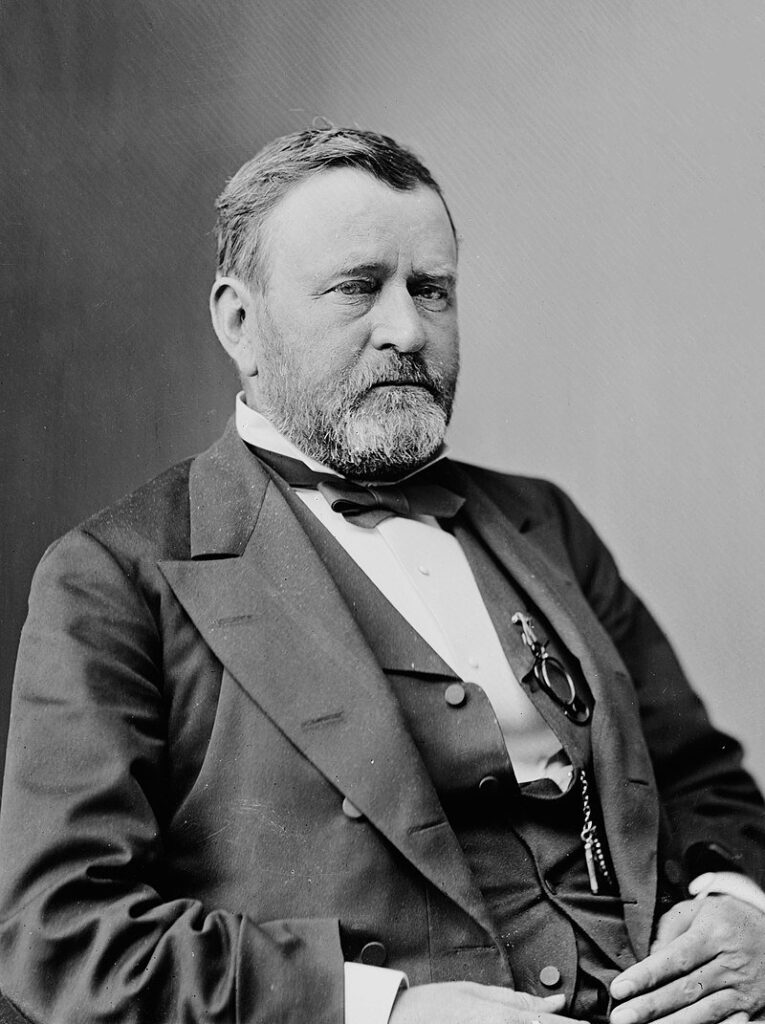
We owe much to the great Civil War general and our 18th President, Ulysses S. Grant. He never spent more than a day in Seminole County. The closest he came was a ceremonial visit to Sanford in 1879 to turn the first spade in the construction of the South Florida Railroad. Despite this, without him, it is likely the Longwood Historic Society would not exist, and the face of the Longwood Historic District would be dramatically different.
It all started with a creative realtor. After the death of the Altamonte Springs home’s owner, Mrs. Bradlee, in 1946, the realtor decided to weave a fantastical story that tied the decaying old home on Park Place to the former president. The fact that the mansion wasn’t entirely finished until after the general’s death wouldn’t get in the way of a good tale. The realtor added 15 years to the home’s history and claimed that Ulysses himself ordered its construction. And it was there, the story claimed, that he spent his dying days, suffering from throat cancer, in a bed with a golden eagle atop it. It was there also, supposedly, that he wrote his published memoirs. For decades the home became fabled in the area. The legend was picked up by magazines and newspapers in 1966, drumming up much attention to the decrepit landmark. It was labeled the Grant-McIntyre Mansion.
By the late 1960s, the house was all but condemned. The wrecking ball felt certain; commercial interests wanted the land badly. The creaky old mansion was settling, plaster crumbling, plumbing failing, and wood rotting. The artist resident of the home, Bill Orr, was ready to sell. Its destruction seemed inevitable since its move and restoration cost would be over a hundred thousand dollars—about $750,000 adjusted for inflation.
With all the publicity, historians scoured old titles and contacted the president’s grandson, Ulysses S. Grant III (then 87 years old), to settle the debate. The facts unequivocally refuted the story about Grant’s connection with the home. People were desperate to believe it, though. It went through several more iterations trying to tie it to Grant’s descendants, all fabrications; however, an Altamonte Hotel guestbook suggests perhaps Grant’s son once was a guest in the home.
However, good branding is good branding! There was widespread support for doing whatever it took to save the old place.

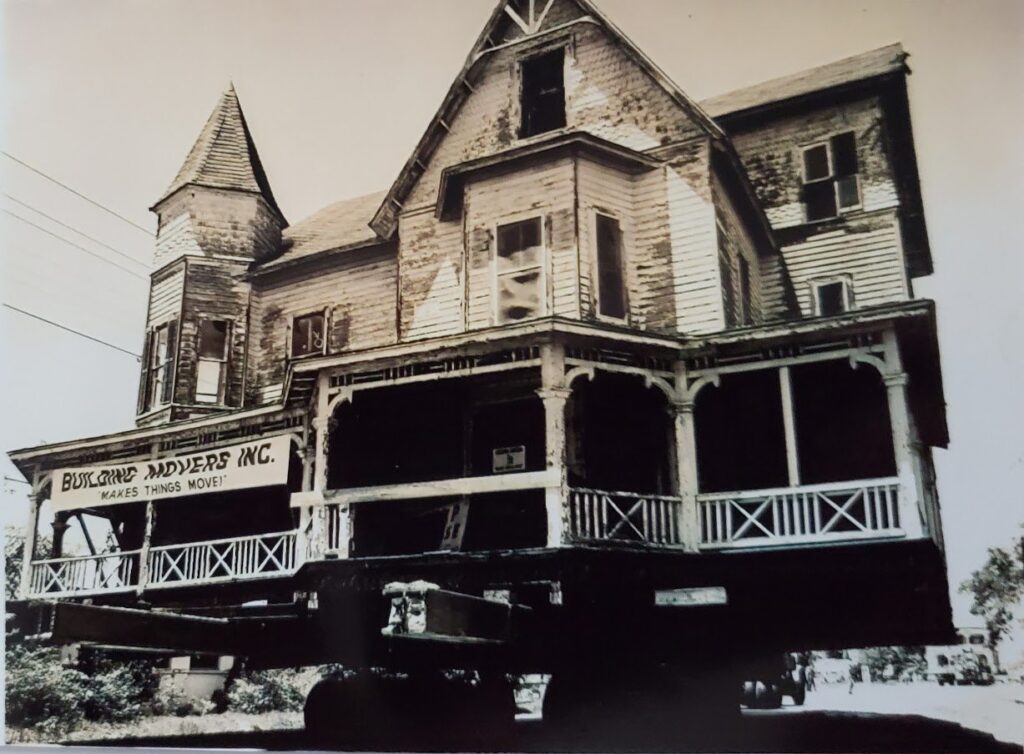
Local citizens erupted with fervor to save the national treasure. They met in January 1969 and formed a group known as the Committee for the Preservation of the Grant-McIntyre Mansion. They had two initial goals: get the home added to the National Register of Historic Places and raise funds to move it to a new location where it could be turned into a museum. A local planning commission estimated that 180,000 people per year would line up to tour it.
Of course, what we know today (more accurately) as the Bradlee-McIntyre House sees less than 1% of that number. But we like the optimism!
It was a time of awakening to the area’s fast-disappearing historical buildings. There was a growing appreciation for these throwbacks. A month after its founding, the narrowly-focused group expanded its mission beyond just the single house to saving as many as possible. It was renamed the Central Florida Society for Historic Preservation.

Though it took several years to come to fruition, the community came through for local history. A large sign with a money thermometer sat on the busy Highway 436 intersection until the goal was finally met. Not only that, but the Society raised enough funds also to save another threatened home in Altamonte Springs: the Inside-Outside House on Boston Avenue.
The two homes were painstakingly moved simultaneously on April 29-30, 1973. They took the laborious trip down County Road 427 with countless gawkers looking on. It caused a rolling blackout, as power lines had to be removed and then rehung across every intersection in its path. After two days, they completed their trip, and the Bradlee-McIntyre was deposited (slightly off-center) on a lot near the corner of 427 and Warren Avenue in the heart of the Longwood Historic District. Its older sister, the Inside-Outside House, was placed a block away on Church Avenue.

The two buildings were gradually restored over the next decades between donations, grants, and fundraisers. This process never ends, as the rigors of time never stop. The latest efforts in 2023 are to stop leaks by replacing the shingle roof with a metal one and adding period-correct half-pipe gutters to funnel away rainwater.
The Central Florida Society for Historic Preservation is the modern Longwood Historic Society’s father; its mother is the Longwood Civic League (also known as the Longwood Woman’s Club). That organization deserves its own article (which I’ll add in the future), but its history dates back to its founding in 1914.
The Civic League was formed by a group of hard-working women who came together to make pioneer Longwood a better place to live. They fundraised to improve roads, add street lighting, and hold community events. They moved a building themselves: taking (what is now known as) the Longwood Historic Civic Center from its original home near Rangeline Road (where it was a former church) and relocating it downtown. They operated half of it as a library and the other half as a community center for the next 70 years.
By the time the 1990s came around, interest in the Woman’s Club had waned, and the library was opened less and less with few visitors. The few remaining members of the club donated the Civic League headquarters to the historic society for its preservation and continued public use.
In the years since the Society has undertaken much effort to restore the building to its 1914 appearance. The roof has been replaced, the porch opened back up, the floors leveled and restored, the later-added stage removed, and rotten wood replaced. It now serves as the headquarters and is open to the community for rent for events.
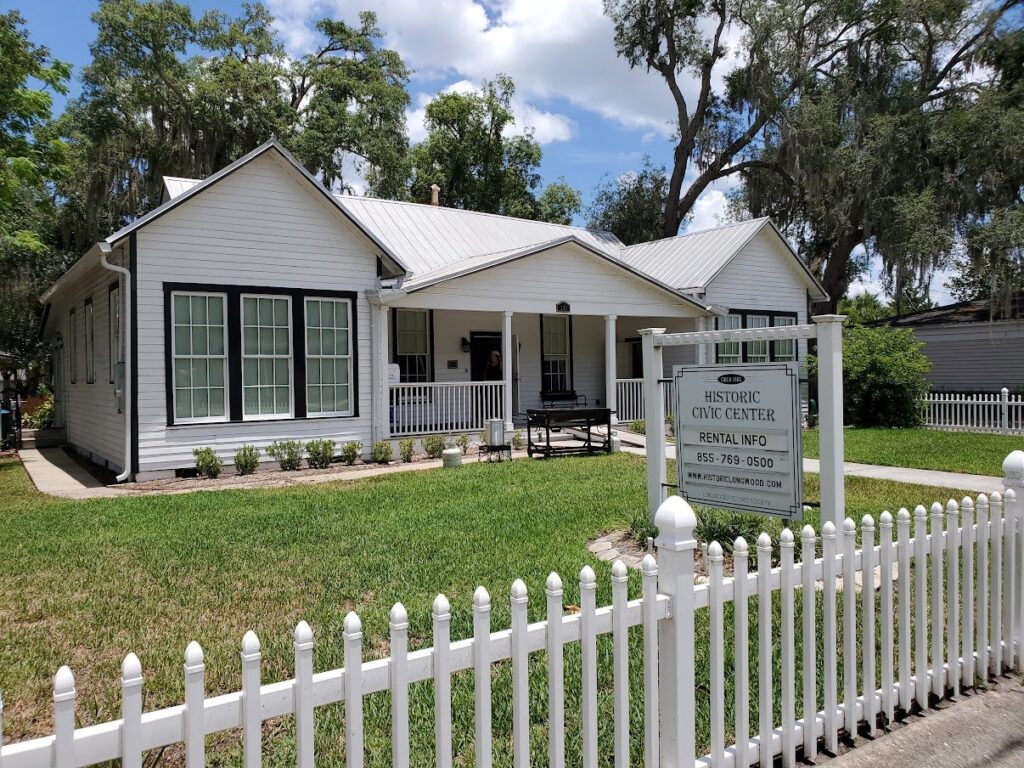
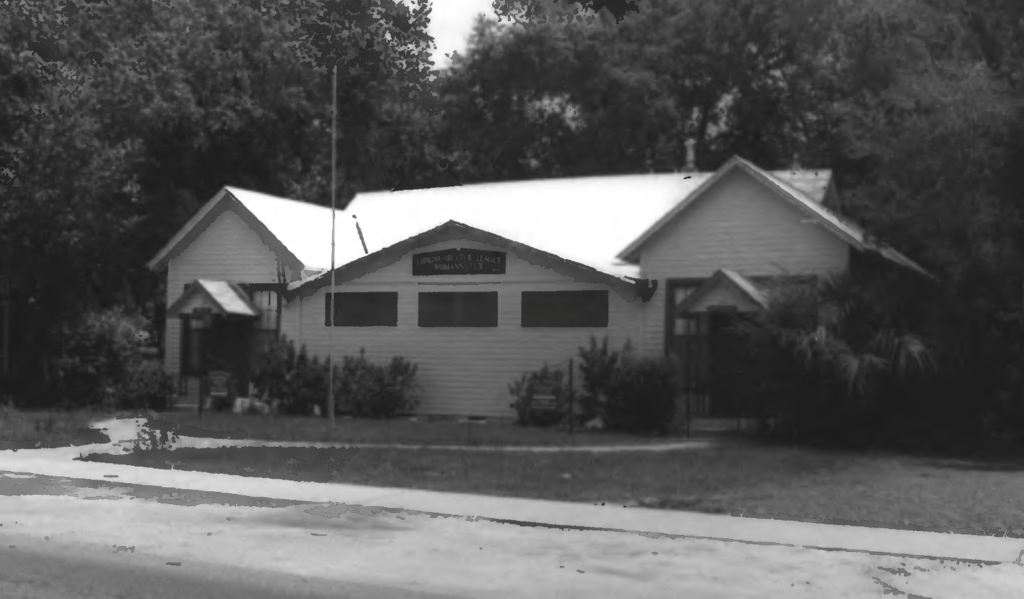
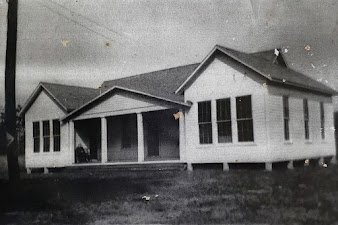
During the 2010s, the Central Florida Society for Historic Preservation was rebranded as the Longwood Historic Society to reflect its more focused purpose–and frankly, be easier to remember!
The Society has made great strides lately with a surge in membership and additional fundraising events. We have visions to continue to preserve our buildings and, more broadly, to promote appreciation of our beautifully quaint Historic Longwood. We hope you will consideration donations, sponsorships, attend our events, and spread the word of our mission.
Here’s to another fifty years of the Longwood Historic Society!
